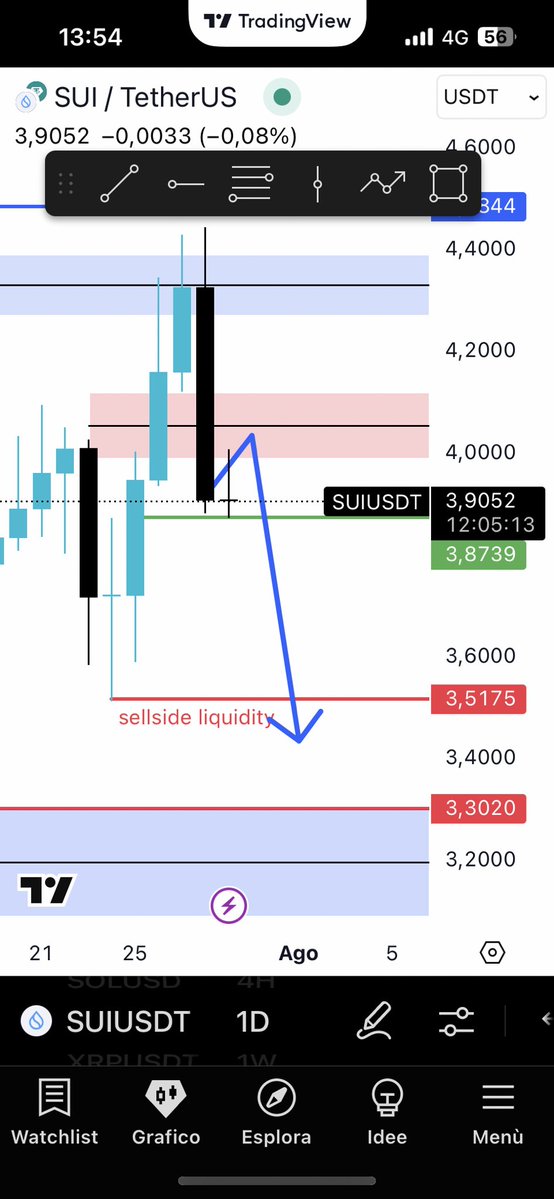
Navigating the New Frontier: C. Raja Mohan’s Strategic Vision for Cryptocurrency Geopolitics in 2025
The rapid rise of cryptocurrency has not only transformed financial markets and investment strategies but also reshaped the geopolitical landscape. In his recent analysis titled *”Needed, a Crypto Strategy”* published on May 28, 2025, in The Indian Express, C. Raja Mohan, one of India’s preeminent strategic thinkers, delves into how cryptocurrencies are becoming a crucial factor in global geopolitics. This report explores Mohan’s insights, contextualizing them within the current crypto market dynamics, and the deeper implications for nations and global governance.
—
Cryptocurrency as a Geopolitical Vector
Cryptocurrency, initially perceived as a disruptive technology with primarily financial implications, now clearly acts as a vector of geopolitical maneuvering. Raja Mohan identifies cryptocurrencies not just as digital assets but as tools that can shift power balances between nations. This demands the formulation of comprehensive national strategies.
Unlike traditional monetary policies controlled by central banks, cryptocurrencies operate in decentralized networks, challenging sovereign control over currency issuance, flow, and regulation. From this angle, cryptocurrencies represent a dual-edged sword: they provide financial inclusion and innovation but can also bypass sanctions, enable illicit financing, and weaken state coercive power.
Mohan argues that India’s strategic positioning in the crypto world is pivotal given its burgeoning digital economy and tech-savvy youthful population. Yet, there is an evident gap between the optimism of crypto adoption and the absence of a state-led coherent regulatory and strategic framework. His clarion call for a “crypto strategy” emphasizes that nations like India must proactively shape their approach rather than reactively adapting to global crypto trends.
—
Market Pulse and Strategic Opportunities
Examining the latest market trends around May 2025, the cryptocurrency landscape shows nuanced developments that underscore Mohan’s points:
– Price Movements as Signals: $PI (Pi Network’s cryptocurrency) is experiencing a decline toward $0.6, a phase described by analysts as a “declining momentum,” yet with optimistic expectations of a future surge (“going to the moon”). This reflects the volatile but cyclical trends characterizing many altcoins, highlighting the need for understanding technical market signals in strategic planning.
– Emergence of Polkadot (DOT): Labelled as the “star of 2025,” DOT’s resurgence with strong upward momentum showcases how new blockchain platforms with distinctive governance models and interoperability features can disrupt existing frameworks. This development indicates evolving priorities in decentralized finance (DeFi) architectures, which have geopolitical implications when blockchain platforms become critical infrastructure.
– Technical Analysis and Investor Psychology: Tokens like $HOLD are receiving buy signals predicting price reversals—evidence that market psychology, influenced by detailed technical analysis, plays a vital role in crypto ecosystem dynamics. As such, understanding these dynamics allows states and investors to better anticipate and potentially manipulate market conditions.
– Cybersecurity and Crime Prevention: The introduction of apps such as PandoraTech’s latest update featuring a “2025 Cryptocurrency Crime Trends & Prevention Guide” underscores the dark side of crypto – the rising threat of scams such as pig-butchering and various cyber-attacks. From a geopolitical stance, safeguarding digital assets and ensuring secure exchanges are paramount, not just for individual investors but also to uphold national and economic security.
—
The Global Chessboard of Crypto
Mohan’s strategic analysis implicitly points toward a new kind of chessboard where the pieces are cryptos, blockchain technologies, regulations, and alliances. Here are several dimensions this chessboard entails:
1. Geopolitical Competition for Crypto Dominance
Nation-states are vying to become hubs of blockchain innovation, attract crypto investments, and wield influence on global crypto standards. The regulatory frameworks countries establish will either invite innovation or push crypto activity underground or to more permissive jurisdictions.
2. Decentralized Finance (DeFi) vs Centralized Financial Systems
The decentralized nature of DeFi threatens traditional banking and sovereign control over monetary policy. Countries that fail to adapt may lose economic sovereignty, similar to the way digital communication once challenged state-controlled media.
3. Technological Sovereignty
Control over blockchain technology infrastructure is becoming as critical as physical assets. Countries investing in blockchain R&D, forming alliances, or adopting standards early stand to gain influence in international governance of digital assets.
—
India’s Road Ahead
Raja Mohan’s main emphasis is on India’s strategic necessity to engage positively and proactively with cryptocurrencies. Given India’s:
– Huge emerging digital economy,
– Youthful demographics eager to engage with Web3 and crypto,
– Growing investor base in digital assets,
it is both an opportunity and a challenge. India needs to:
– Develop robust regulation that balances innovation with risk management.
– Invest in public education about crypto and blockchain technology.
– Forge international collaborations to influence global standards.
– Implement cybersecurity frameworks to protect citizens and financial systems.
A reactive or restrictive stance risks losing not just economic benefits but also geopolitical clout.
—
Conclusion: Beyond Finance—A New Strategic Frontier
C. Raja Mohan’s analysis marks a decisive moment where cryptocurrency is recognized as a strategic geopolitical asset—not merely a financial instrument or speculative commodity. The nuances in market behavior, technological evolution, and the emergent threats of cybercrime all converge to redefine how nations perceive sovereignty in the 21st century.
India, as a rising global power, faces the urgent task of translating Mohan’s vision into policy and practice. The question is no longer whether to engage with cryptocurrency but how to harness its disruptive potential to serve national interests while navigating the complex geopolitical seas stirred by decentralized money and technology.
The future promises not just new wealth but new power dynamics—those who master crypto geopolitics stand to shape tomorrow’s global order.
—
Sources and Related Reading
– C. Raja Mohan, “Needed, a Crypto Strategy,” *The Indian Express*, May 28, 2025.
– Real-time cryptocurrency market insights and technical analyses from Twitter handles such as @the_helixcharts, @AlbertB_T_C, @Kripto_Ally, and @the_impandoratech.
– PandoraTech’s “2025 Cryptocurrency Crime Trends & Prevention Guide” report.
– Analysis on Polkadot (DOT) and Bitcoin market forecasts from recent May 2025 crypto technical updates.
—
Useful Links
– The Indian Express – C. Raja Mohan’s Crypto Strategy
– Pi Network Market Analysis
– Polkadot (DOT) Technical Insights
– PandoraTech Cybersecurity Updates








